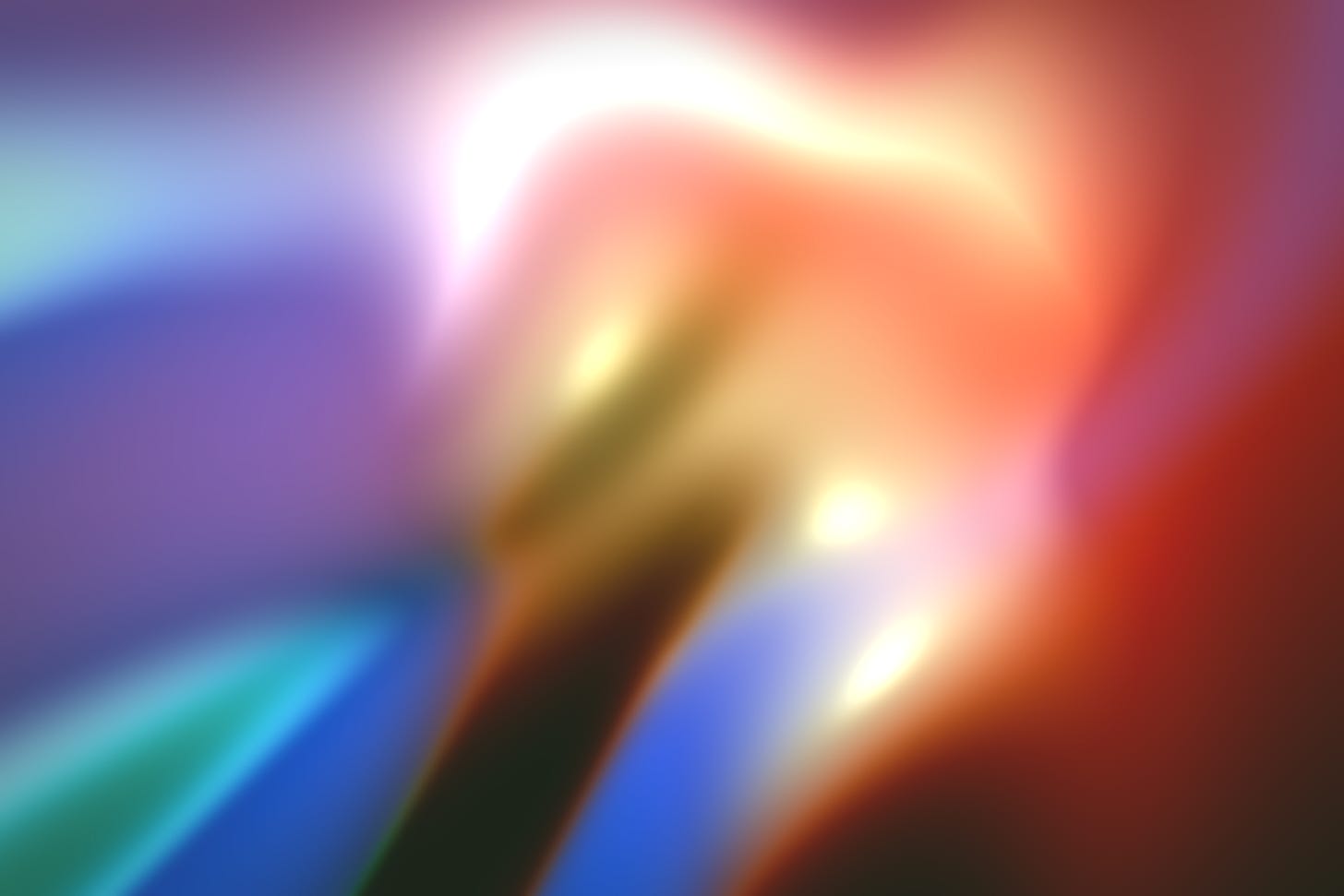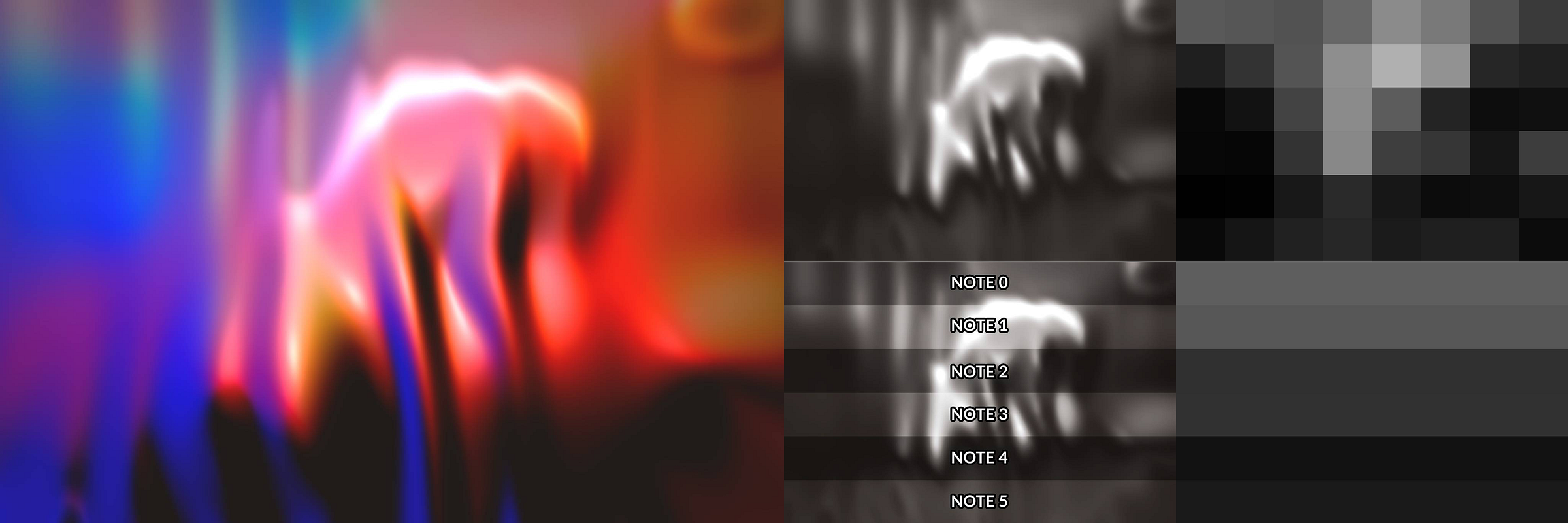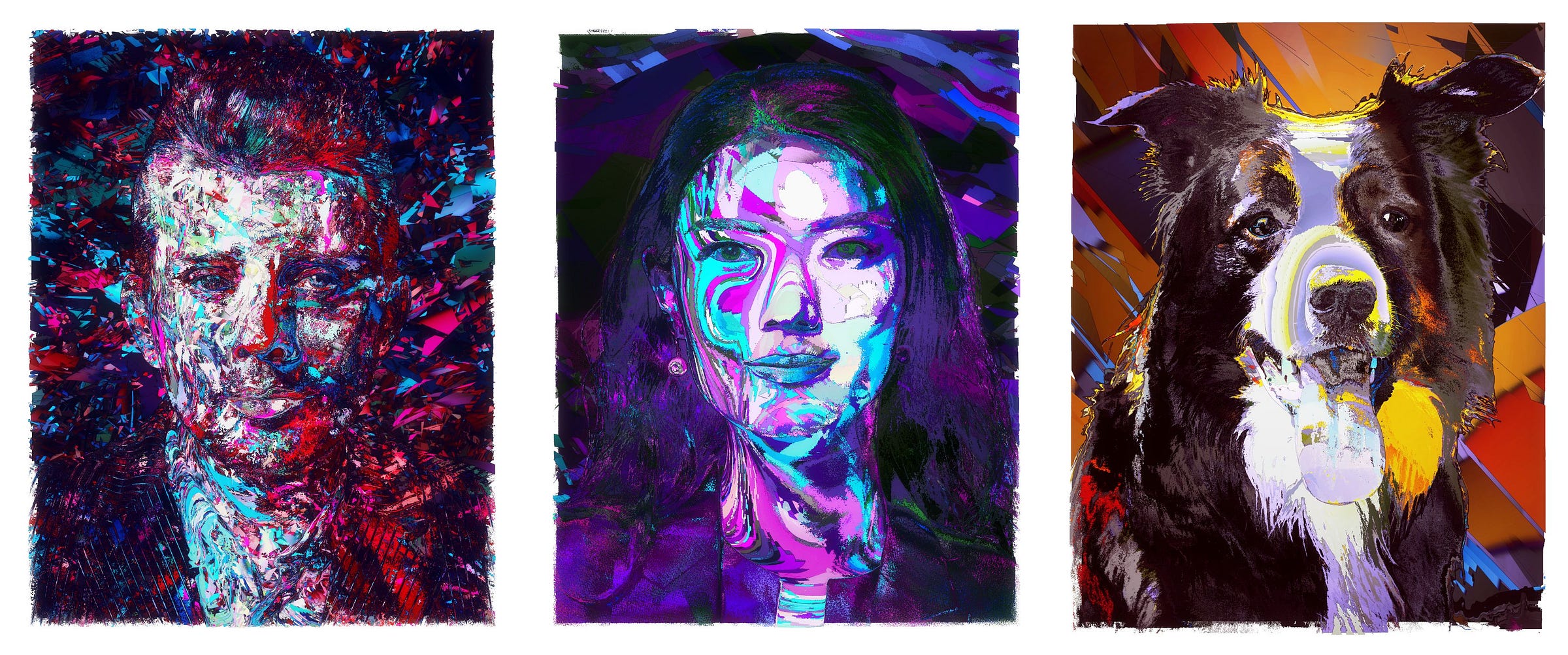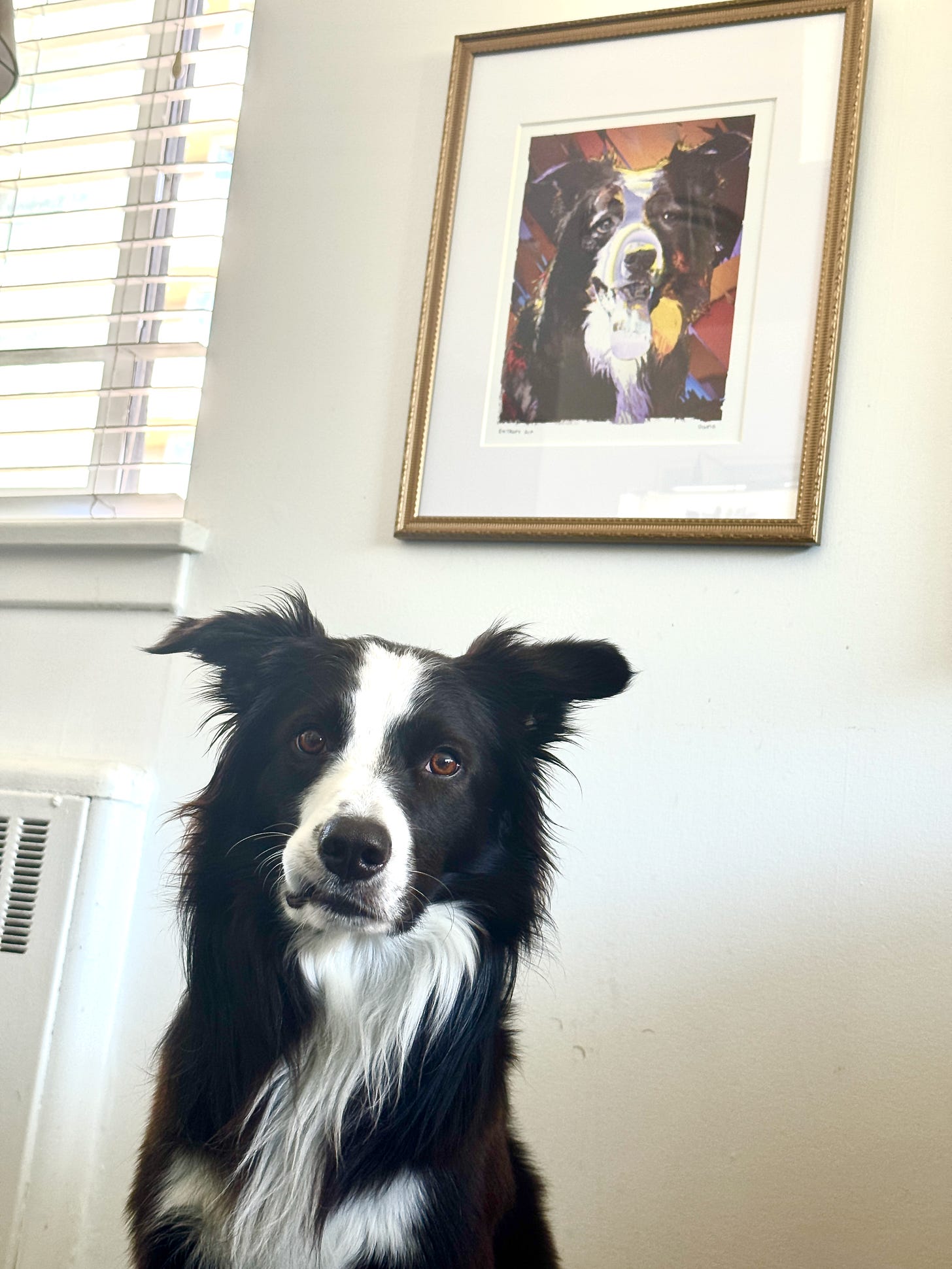Flux #304 exhibiting in Marfa, TX
Taking a look at an older collection through a new lens, figuratively and literally.
I received an email last week from Jeff Davis — Artist & Strategic Advisor to Art Blocks — informing me that Flux #304 will be exhibited in Milestones: A History of Generative Breakthroughs, curated by Kate Vass. Pieces were selected from the Art Blocks 500 collection, in which Flux was added to the Curated Season 7 designation in 2022. The show is meant to highlight periods of technical & creative innovations throughout the collection’s history, from inception until present day. You can read more about it here:
https://www.katevassgalerie.com/blog/artblocks-marfa-weekend-milestones
It’s an honour to have my work recognized for innovation, as it’s an attribute I strive for. It also represents a personal milestone, where my art practice matured from early learnings into one where I began to find my voice, develop unique styles, and could craft with greater purpose. I chose to embrace digital aesthetics of code-based artworks at a time when many of my peers were focused on replicating traditional mediums digitally; an impressive feat in its own right, but one that didn’t resonate with me at the time.
Experimenting with a shader rendering technique known as raymarching to evaluate the shape of signed distance function of a 3D object, I discovered a way to modify the typical algorithm that effectively “unwraps” the subject onto a infinitely stretched out canvas. When stretched out this way, the render effectively draws the shape from all angles while the light calculations remain preserved on the surface prior to unwrapping. What this means is you see both the light and shadow side of a three dimensional object. I chose a twisted torus for it’s intertwined segments and smooth surface because once unfolded, it renders beautiful bands of light and dark while producing smooth gradients.
I was reminded of visualizations I experienced while meditating years ago. Behind closed eyes, I would imagine colourful bands of light flowing in sync with the rhythmic drones and chimes of the music being played by my instructor. I wanted to re-create this experience.
At the time I had grown a small collection of hardware synthesizer for making music and had become familiar with subtractive audio synthesis as a process so I began to explore how to build a similar structure in the web browser.
I ended up using the Tone.js library to construct a synthesis engine and post-processing stack that would allow me to generate a constant tone. To this I added some code that would look at the image being rendered for it’s overall brightness, horizontal luminance averages, etc. and mapped these evaluations to waveform partials, note volumes, and high-pass filter frequency cutoffs. In this way, the visuals would directly map to the audio being generated.
I’m thrilled to have Flux once again exhibiting in Marfa, Texas for an audience of generative art collectors and appreciators. I will unfortunately not be attending this year, but if you’re on the way I hope you’ll make time to visit the gallery and give it a watch / listen.
If you’re not in attendance, you can always experience it directly on my website — click the “Play” button in the bottom-left, and then click the artwork to activate the experience.
https://www.owmo.studio/artwork/flux/304
Here is where I was going to share a new video where I talk more about what Flux means to me as an artist and walk through how it works… but I’ve been sick for the last week and my window of opportunity to film & release has passed. So, I’ll just re-share an old episode of Behind the Code where I share many of the technical details of how Flux works instead.
Say No to Vlogs!
A few weeks ago, I was thinking to produce bi-weekly “vlog” style videos where I share what I’m up to every day. But after a few days I decided to scrap this idea because it was stressing me out; I felt it got in the way of actually getting something done and frankly, I don’t have the mind to just talk to the camera without any prep.
Trying to figure out a content strategy that works for me is proving very difficult.
Instead, I’ll shoot B-Roll as I work on projects and simply collect / organize that footage so it is available later. Once I hit a milestone where it’s worth sharing, I’ll craft a proper narrative and film a presentation that can use this B-Roll as supplemental visuals.
I had really wanted to avoid writing scripts and doing pre-production because I don’t intend to be a creative film maker, so it felt like wasted time. But given I want to build an audience and don’t have enough experience to just hit record and blabber on about something in a way that is coherent / entertaining… it’s unavoidable and so I’m shifting strategy again!
Sadly that means some of the footage I shot wrapping up my Entropy Portraits project is mostly useless, so I figured I’ll just share the end result. Here’s my happy family!
I chose a fragmented style for myself (left) because I felt it best represented the type of art I love creating. For my partner (middle), I chose something with a bit more flow and mystique so it would feel more feminine. And for our dog Pistachio (right) I went closer to realism than I normally would with my art because I wanted it to be visually readable as a cute portrait that we could hang above his bed. Not everything I make has to be serious fine art, right?
I wasn’t planning to do much more with this experiment, but if you happen to want one for yourself I’m open to commissions. Just send me an email with what you might want and we can see what the algo can come up with for a custom signed print — hello@owmo.studio
Thanks for taking the time to read, I’ll catch y’all next time!







